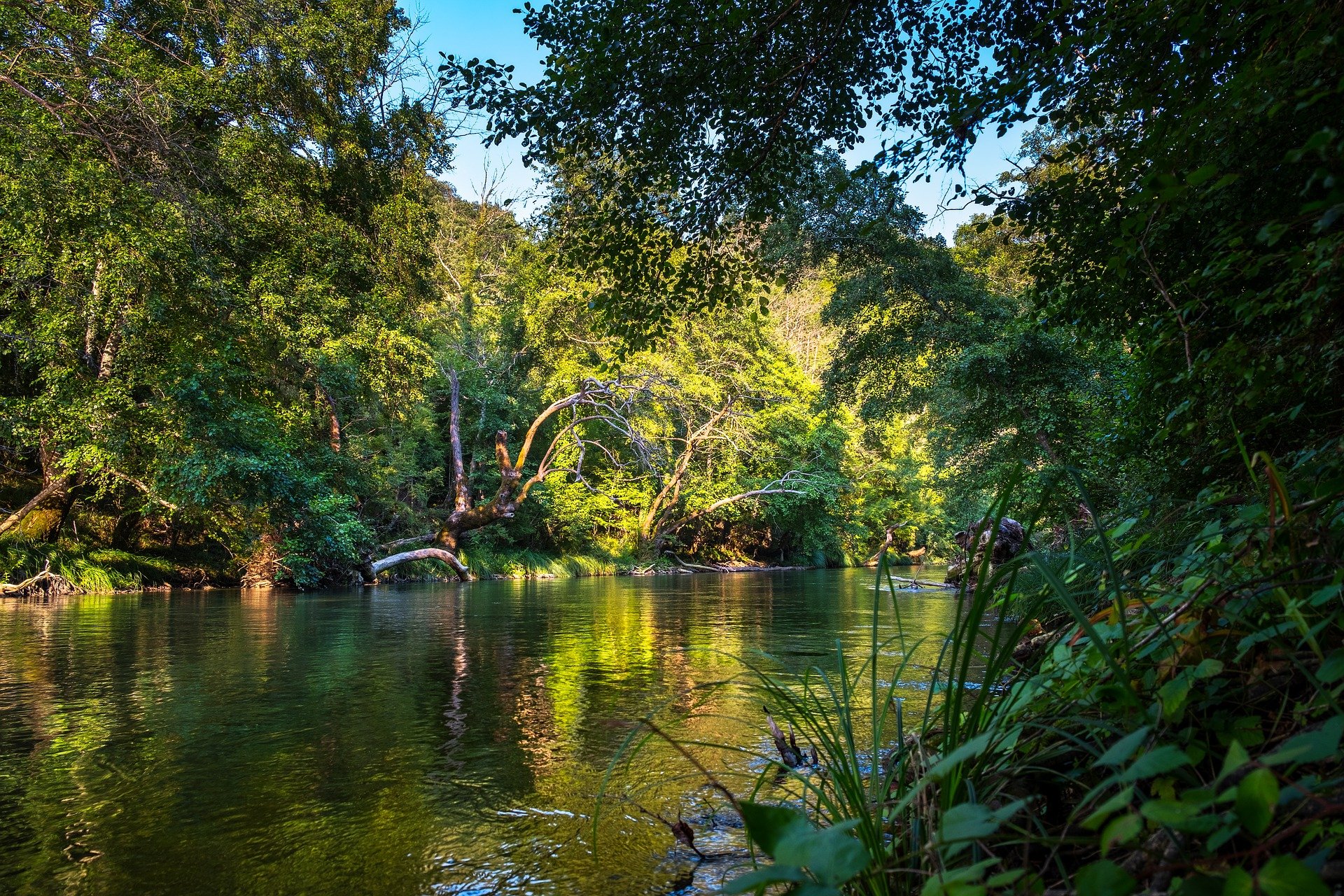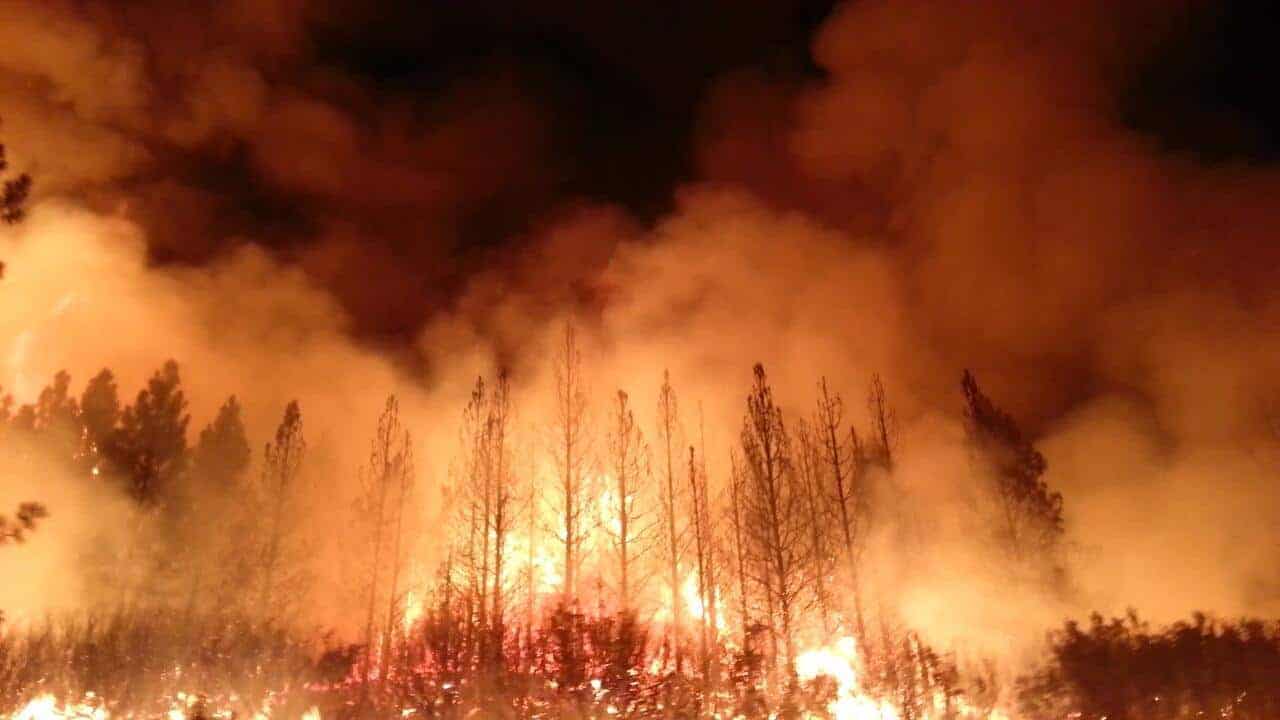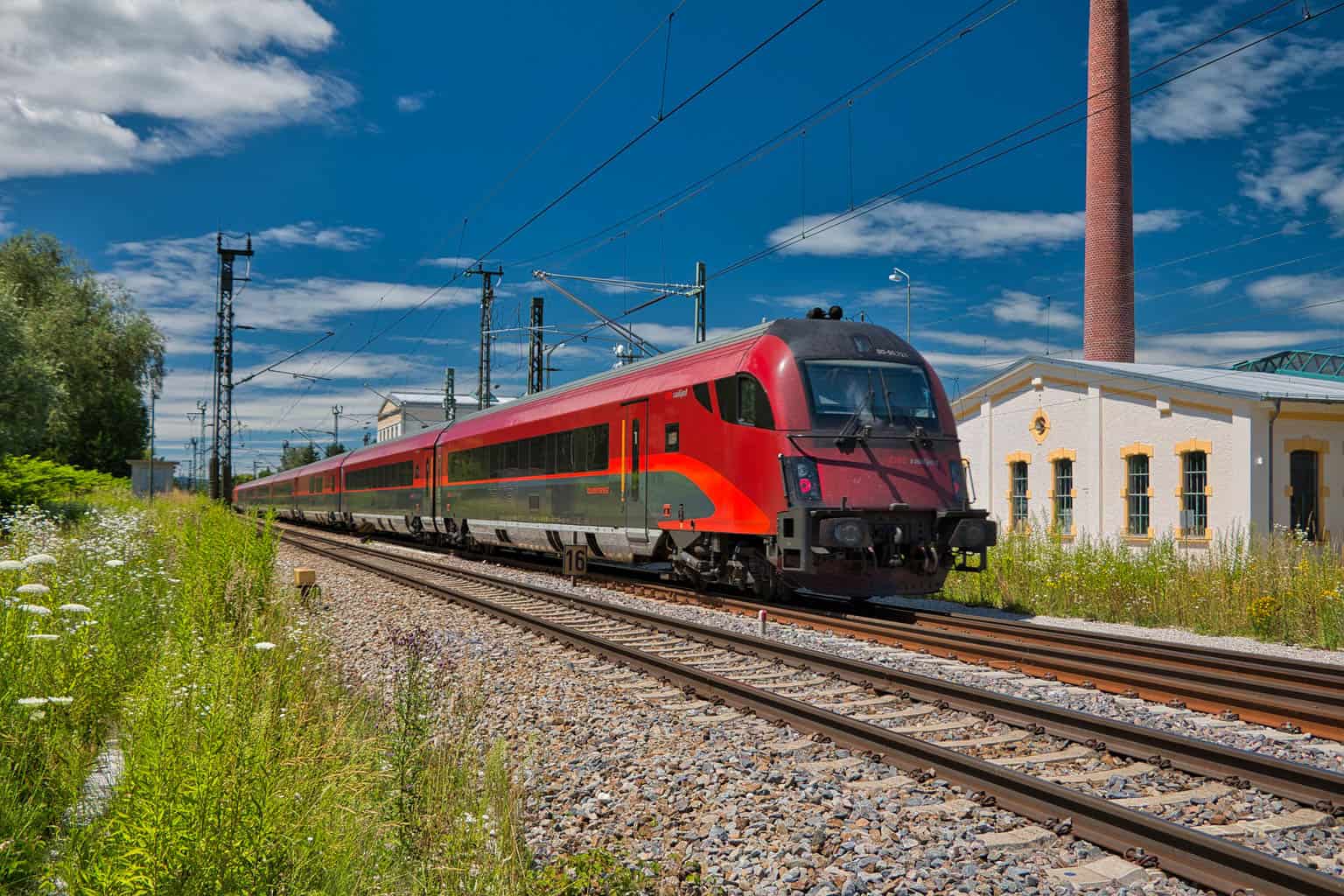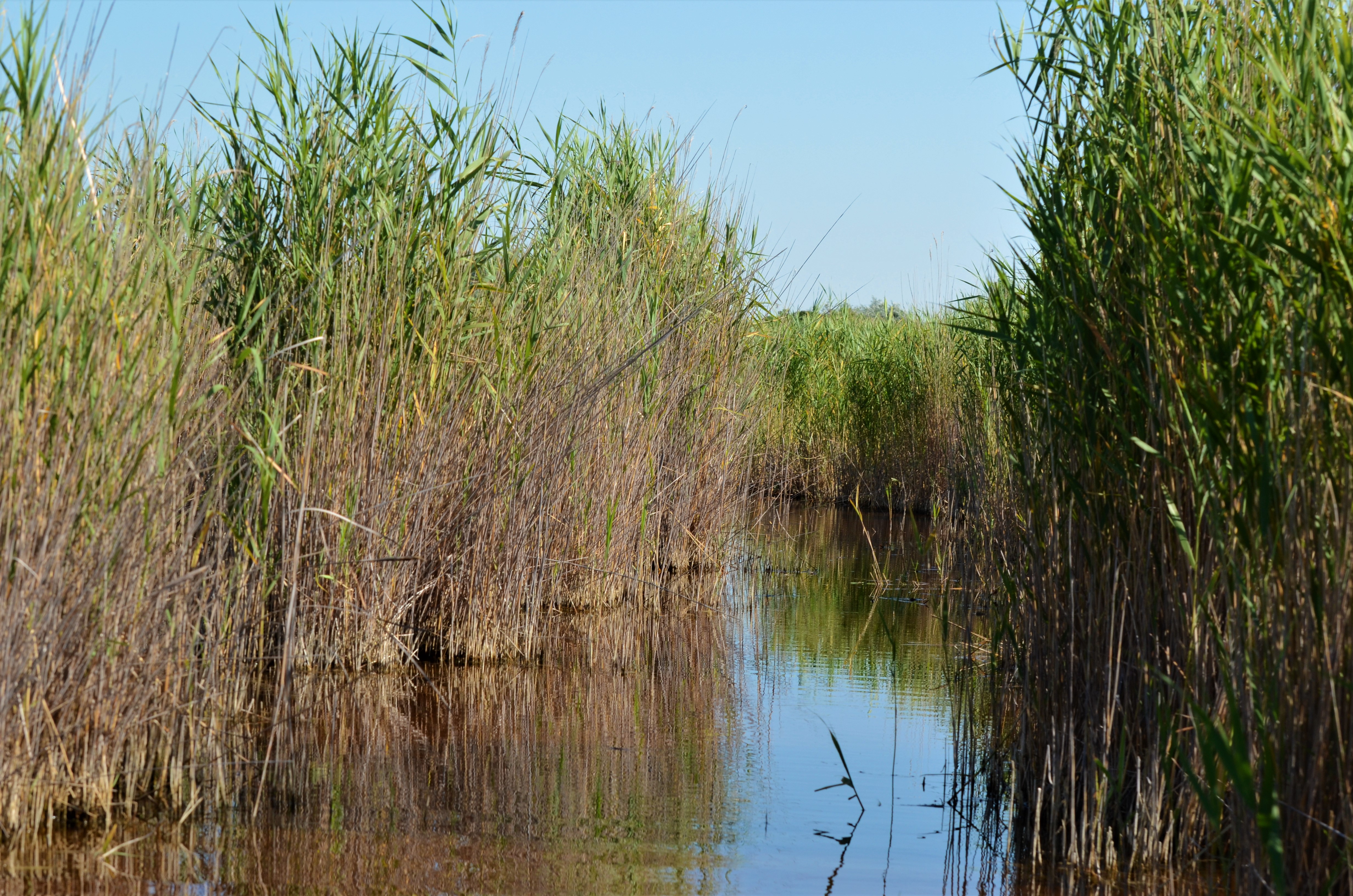Forest restoration: is planting always the best strategy?
With climate change being a rampant problem globally, a lot of attention has been drawn towards mitigating solutions. One of the most proposed solutions is the restoration of forests to store carbon back into trees and soil. Seeing as the most common strategy for forest restoration is planting, natural regeneration can represent an efficient low-cost alternative.
The recovery of tropical forests
Tropical forests are very vulnerable ecosystems disappearing at high rates because of deforestation and exploitation. Nevertheless, their potential to regrow naturally on abandoned lands might actually be more promising than expected. A recent study analysed the patterns of recovery in 12 forest attributes (soil, species composition, structure, diversity, etc.) in 77 secondary tropical forest sites in the Americas and West Africa. More than 90 researchers from all over the world contributed to this research, trying to understand how tropical forest regrowth takes place through modelling. Tropical forests are highly resilient due to a multidimensional mechanism called secondary succession. After 20 years, forest attributes attain 78% of their old-growth values, 33 years to 100%. Recovery to 90% of its attributes is even faster for soil, in less than a 1 decade, while the structure and species diversity take between 25 and 60 years. Overall biomass takes a total of 120.
The potential of secondary successions
The study focus on what happens to tropical forest land which has been used previously for agriculture and is then abandoned after a couple of seasons. They found that the old surrounding forests and residual trees can create a nourishing environment for new forests to start to grow. Different attributes take, respectively, more or less time to recover to the levels characterizing the forest before it was used. Overall, the models showed that tropical forests can recover roughly 78% of their old-growth status in just 20 years. The results highlighted how their potential for regrowth is substantial if left untouched by humans for about 20 years. Of course, these findings are purely based on chronosequence-based analyses and can lead to some misinterpretation. Nonetheless, they how incredibly fast these forests can recover.
But understanding how secondary forests emerge naturally on abandoned agricultural lands is critical for ensuring biodiversity conservation. Particularly in tropical settings, where forests have complex structure and flora and fauna species are diverse.

Natural regeneration as a forest restoration strategy
These findings give precious information that can be crucial in climate mitigation provide actionable advice on how to act next. “That’s good news because the implication is that, 20 years … that’s a realistic time that I can think of, and that my daughter can think of, and that the policymakers can think of,” said Lourens Poorter, lead author of the paper and professor in functional ecology at Wageningen University, the Netherlands.
Tree plantations are usually the most common method used for forest restoration, while natural regeneration is frequently disregarded as an option. Based on this new study though, natural regeneration can potentially perform better than restoration plantings in terms of biodiversity, climate change mitigation and recovering nutrients.
What next?
A lot of the promises and plans about planting trees in order to restore forests across the world have proven to be are unrealistic. Besides the high death rate of planted trees, they reproduced an oversimplified system that is far from mimicking the natural biodiversity of forests. In addition to this, planting bears high costs of implementation. Hence, planting doesn’t always represent the best option. Perhaps, we don’t necessarily need to plant more trees when nature is doing it by itself.
Secondary forests should be acknowledged as low-cost solutions for ecosystem restoration and climate change mitigation. Where possible, forest restoration should rely on letting the tropical forests regrow back again naturally.
My plea is to use natural regrowth where you can and plant actively and restore actively where you need to. There’s a case-by-case approach, and this all depends on the local conditions and also on the local needs of the people because they live in these landscapes.








